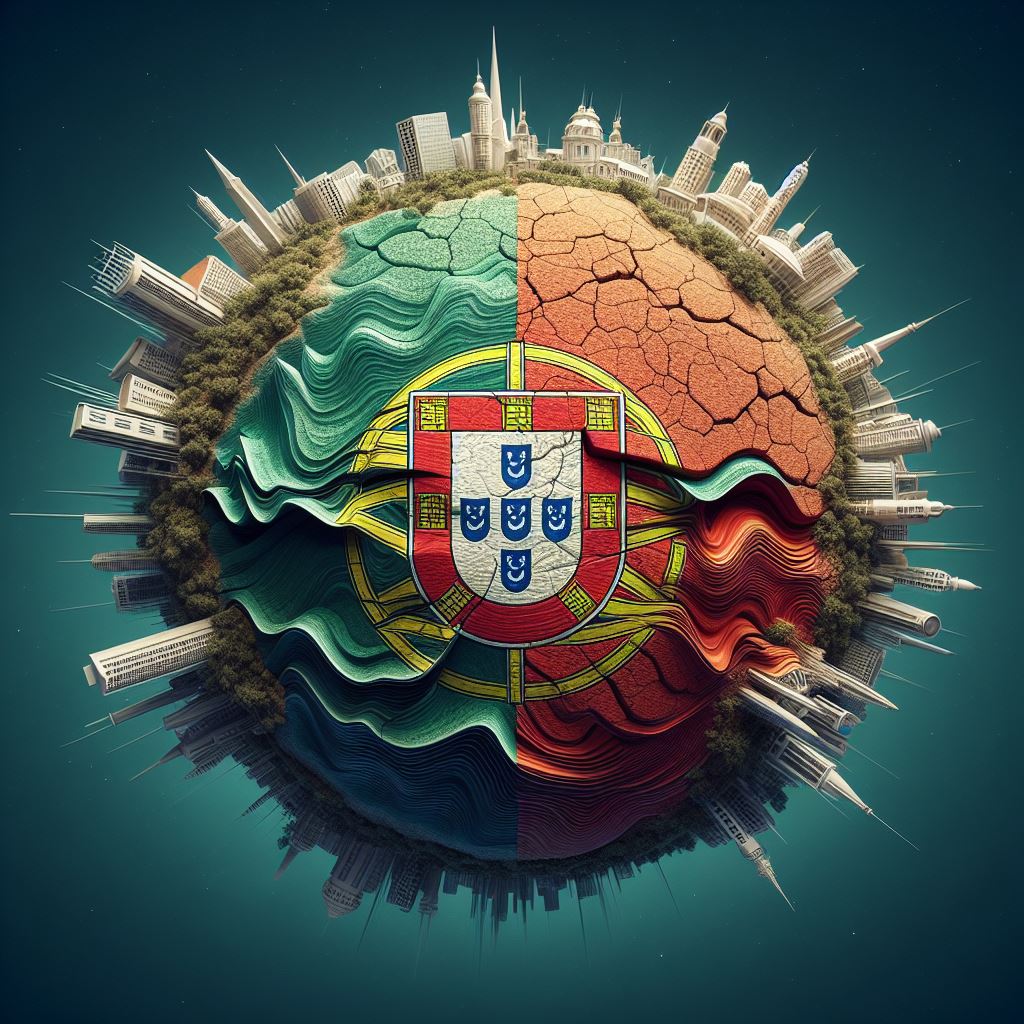Portugal is a country that has faced many devastating earthquakes in its past and is still vulnerable to future seismic events. The country lies in a region where three major tectonic plates meet and cause frequent movements of the earth’s crust. This article will provide a brief overview of some of the most notable earthquakes that have affected Portugal, and some tips on how to prepare for and survive the next one.
The 1531 Lisbon Earthquake
One of the earliest recorded earthquakes in Portugal occurred on January 26, 1531, and had an estimated magnitude of 6.5. The epicentre was located near the Tagus River, and the quake caused widespread damage and casualties in Lisbon and the surrounding areas. The death toll is estimated to be around 30,000, making it one of the deadliest earthquakes in European history.
The 1755 Lisbon Earthquake
The most famous and catastrophic earthquake in Portugal’s history occurred on November 1, 1755, and is considered one of the largest and deadliest earthquakes in the world. The quake had an estimated magnitude of 8.5 to 9.0 and was followed by a massive tsunami and fires that destroyed most of Lisbon and affected other parts of Portugal, Spain, Morocco, and the Atlantic islands. The death toll is estimated to be between 50,000 and 100,000, and the event had a profound impact on the culture, economy, and politics of Portugal and Europe.
The 1909 Benavente Earthquake
Another significant earthquake in Portugal’s history occurred on April 23, 1909, and had a magnitude of 6.0. The epicentre was located near the town of Benavente, in the Santarem district. The quake caused severe damage and casualties in the region, especially in the towns of Salvaterra de Magos and Benavente, where 60 people died and hundreds were injured. The quake also affected Lisbon and other parts of the country, and was felt as far as Spain and France.
The 1969 Portugal Earthquake
The most recent major earthquake in Portugal occurred on February 28, 1969, and had a magnitude of 7.8. The epicentre was located in the Atlantic Ocean, about 230 km southwest of Cape St. Vincent. The quake was felt throughout Portugal, Spain, and Morocco, and generated a small tsunami that reached the coasts of Portugal and Morocco. The quake caused 25 deaths and 80 injuries, mostly in Morocco, and some minor damage in Portugal.
How to Prepare for the Next Earthquake
Portugal is still at risk of experiencing another large earthquake in the future, as the tectonic plates continue to move and create stress along the faults. Therefore, it is important to be prepared and know what to do before, during, and after an earthquake. Here are some basic safety tips:
- Know the signs of an earthquake, such as a roaring or rumbling sound, shaking of the ground, or swaying of buildings.
- Learn the safe spots in your home and workplace, such as under sturdy tables or desks, away from windows, mirrors, or heavy objects that could fall.
- Plan and practice what to do if an earthquake strikes, such as dropping to your hands and knees, covering your head and neck with your arms, and holding on to something stable until the shaking stops.
- Create an evacuation plan and an emergency supply kit that includes food, water, and other essentials for at least 72 hours.
- Prepare your home for earthquakes by securing furniture, appliances, and other items that could fall or break, and by knowing how to shut off your utilities.
- Stay informed and alert about the earthquake risk in your area and the possible aftershocks or tsunamis that could follow a major quake.
For more information and resources on earthquake preparedness, you can visit the following websites:
- [CDC: Preparing for an Earthquake]
- [Red Cross: Earthquake Safety]
- [National Geographic: Earthquake Safety Tips]
- [Ready.gov: Earthquakes
Source: portugal.com, cdc.gov, redcross.org, nationalgeographic.com, ready.gov, insider.com

